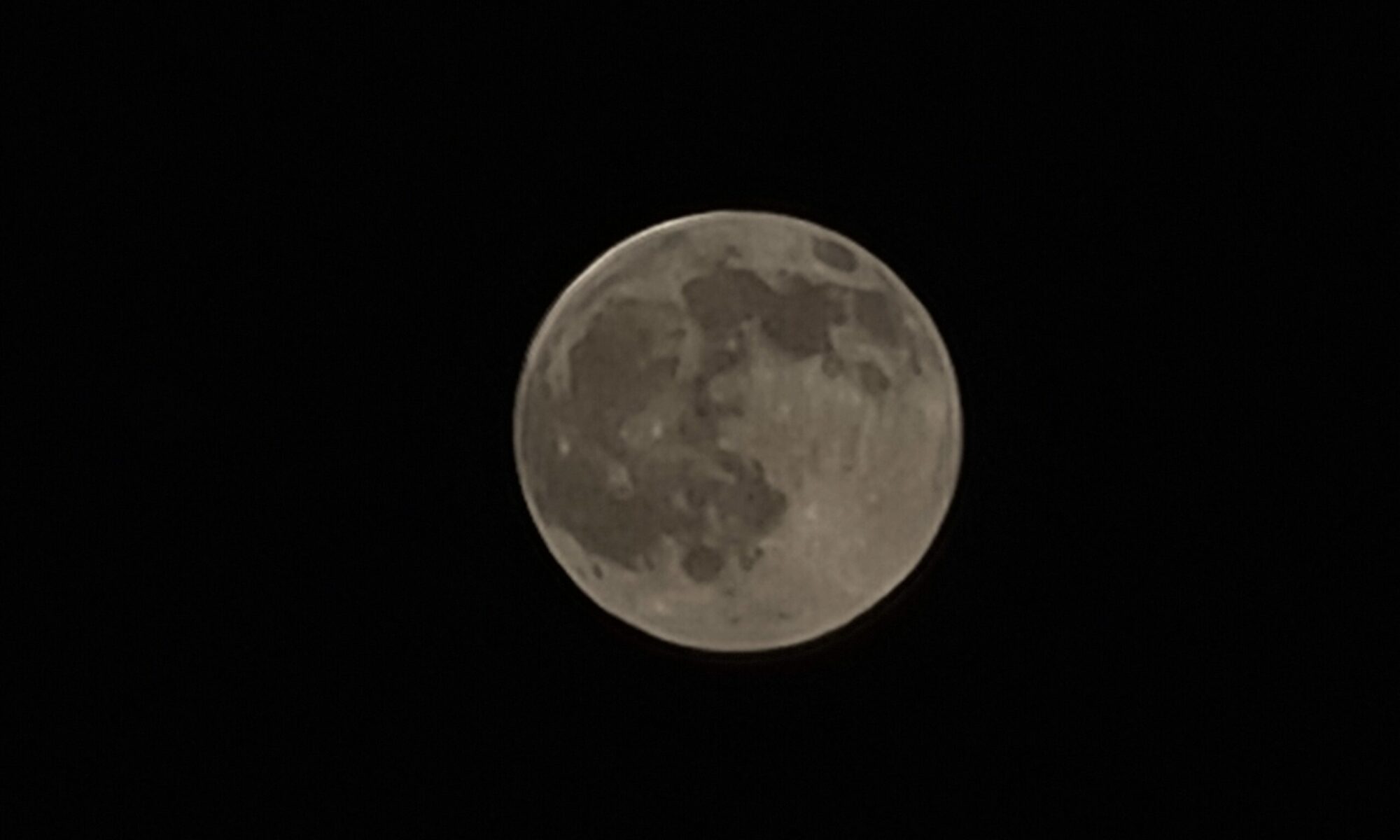This is my unprofessional view. I do stand by it with my best knowledge of this field in planetary science. My knowledge might be outdated or wrong, resulting in me getting the wrong conclusions in this article. You have been warned.
The problem with the habitable zone of a planet
I dislike it when I see the news that a planet has been found around a star. Only to see later in that same news that the planet is a dwarf star giving out minimal amount of light and heat. There seems to be minimal requirement for live to exist in the universe. I don’t know if this has been studied in any details or if there have been any study into this matter in recent years. There is a lower limit on were life can exist and there is a upper limit on this same scale.
The lower limit and the upper limit
In my personal view this star classes can support life. There are limits within those classification.
Lower limit
Class M (?)
Class K
Class G
Class F
Class A
Class M (red giants, supergiants)
Lower limit
The lower limit of stars might support life if the conditions allow for it. This might not happen in majority of any star system that falls into the lower limit. If life exists around such planet in a star system that falls into the lower limit that life might only be plants that can deal with cold temperatures and long winters. Animal life on such planet should be expected to be limited to not existing at all. This goes both for ocean and land animal life.
Upper limit
All of this classes might have their own limit and not all star systems that have planets support life due to random reasons. No dwarf stars (class L, Y, T, M). Any star that is at the end of its life span might have had life in the past, it however should be expected to be extinct at this point in the star life cycle. The upper class of stars is more complicated as they radiate more energy out and have a shorter life span than smaller stars. A life can evolve around such star but in the time needed for it to evolve to a civilization levels are limited because of the time needed until that happen.
There’s no guarantee for life in a star system
While a star might be favourable to life that alone is not a guarantee in any way that a star system is going to have any life. A lot of things can go wrong in a planet formation that results in no life or atmosphere that can support life. I don’t know what starts life in a star system but it is a sequence of events that has to happen each time life gets going on a planet in any star system that has life.
The complex life problem
While life might exist in a star system it does not have to be animal life. There might be planets out there with nothing but plants and insects on them and no animals. What path evolution takes on each planet is based on random factors that are impossible to predict.
The Venus problem
Venus is a dead planet in more than just one way. When it formed something did go horribly wrong during its formation or soon after it formed. This seems to have happened early on and there is a good chance that life never took hold on Venus and it never had any water to start the carbon cycle. According to this article and based on measurements Venus magnetic field flares up for a short period of time, this suggests that whatever happened to Venus is related to the planet core and issues that it is having. In our solar system Venus should be full of jungle life today and possibly hosting a civilisation on its own. Something like humans or perhaps not. Whatever happened resulted in Venus resulted in Venus being a dead planet and he has remained like this for billions of years.
The Mars problem
Mars never had any life. Its too small as a planet to support life and due to a large eruption in its past its core died and along with it everything that might have been on its surface. There is a chance that before the core of Mars core died due to the eruption of Olympus Mons and other volcano activity. Other reasons for Mars core dying are also possible, among them greater heat loss due to Mars being a smaller planet. Being a greater distance from the Sun in our solar system Mars never had any chance of supporting life. In other solar systems where the planetary evolution is different and Mars sized planet might be closer to its star there is a small chance a life might exists for as long the planet is able to maintain its magnetic sphere.
The planet problem
There are many factors that have to add up for a life to happen in a solar system. Sometimes those factors exist in a solar system and sometimes they are missing in the formation process. How and why are not known to anyone and it is the biggest question that humans have unanswered. An answer might appear in the centuries ahead if humans survive current global warming crises.
